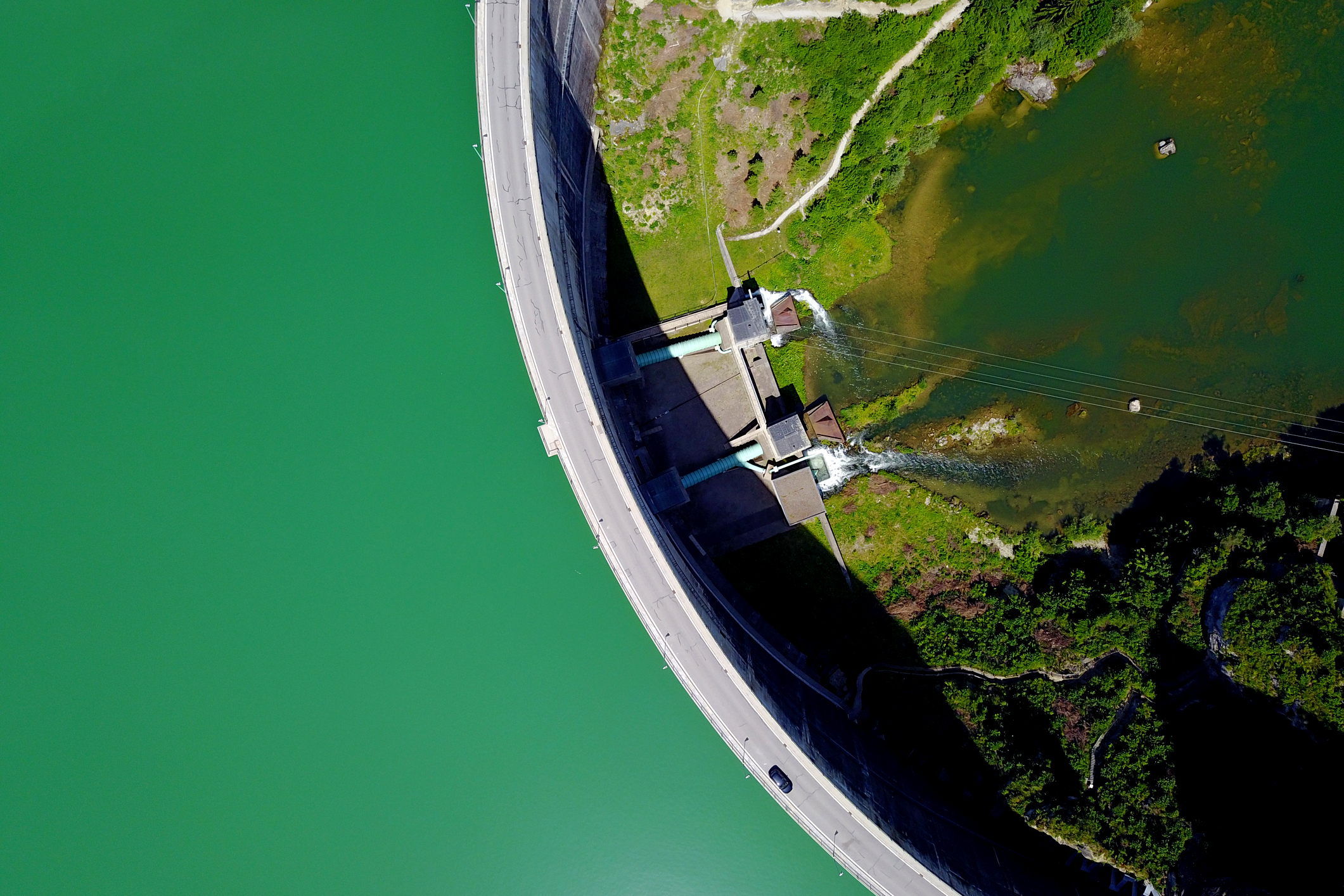Why America should double down on hydropower
Tons of carbon-free power is available — even if we stay out of national parks and wilderness areas


Solar and wind power are advancing fast — but it may come as a surprise that they're still not the largest source of renewable energy in the U.S. That title is still held by hydropower, which is nearly as big as solar and wind put together. That raises a natural question: Would it be worth pursuing more hydro power?
Climate change is a gigantic problem, and as such all possible methods of reducing carbon dioxide emissions deserve full consideration. And hydropower — that is, power generated from water flowing downhill — has a lot more potential than one might suppose.
Now, the history of American hydropower is extremely checkered, as Marc Reisner detailed in his classic book Cadillac Desert. Water projects were for decades a major avenue of pork-barrel politics, and a great many preposterously uneconomical projects were built — and for my money the Glen Canyon Dam was one of the greatest crimes against nature in world history.
The Week
Escape your echo chamber. Get the facts behind the news, plus analysis from multiple perspectives.

Sign up for The Week's Free Newsletters
From our morning news briefing to a weekly Good News Newsletter, get the best of The Week delivered directly to your inbox.
From our morning news briefing to a weekly Good News Newsletter, get the best of The Week delivered directly to your inbox.
However, we have to be realistic about our dire situation. There are no perfect solutions to climate change — even solar and wind power take up land, potentially quite a lot. And when it comes to concrete environmental effects, as a report prepared for Hydro-Québec details, hydropower is far superior to coal or natural gas power. It may cause local problems in the form of drowned river valleys and so on, but no particulate pollution like coal (which kills an estimated 1.6 million people per year in China alone), no carbon or methane emissions from daily production like natural gas, and has no need for long-term hazardous waste storage like nuclear.
So what are the possibilities? The biggest gimme is undoubtedly the approximately 80,000 extant U.S. water projects that have no hydroelectric capacity. Many of these are so small as to not be worth bothering with, but an Oak Ridge National Laboratory report estimated that if we rigged up the reasonably-sized ones with generators, we could get 12 gigawatts (or 45 terawatt-hours) of new capacity — equivalent to expanding the existing hydro fleet by 15 percent. Not bad!
But what about new projects? A different Oak Ridge report estimated that the U.S. could build 84.7 gigawatts (or 480 terawatt-hours) of new capacity if we went all-out. Now, much of that would probably not be worth the ecological damage it would cause. But if even if we rule out national parks, wild and scenic rivers, and wilderness areas, the total potential only drops to 65.5 gigawatts (or 347 terawatt-hours). It's also worth noting that many of the projects considered here are run-of-the-river projects that don't require huge lakes.
Canada also has enormous untapped hydropower potential. It already gets about 62 percent of its electricity from hydro (or 404 out of 648 terawatt-hours) — but has reported potential for 2.1 times that much. That is important for three reasons: Canada is an even worse greenhouse gas emitter than the U.S. on a per-capita basis, its power grid segments are already heavily connected to American ones, and power exports might make up a great deal of the oil exports it sends to the U.S. (which are four times greater than those coming from Saudi Arabia, by the way).
A free daily email with the biggest news stories of the day – and the best features from TheWeek.com
So let's construct a napkin sketch of what could be done here with just these two countries. Adding together the U.S. potential from upgrades and non-scenic new projects gets us 392 terawatt-hours. If Canada maxed out its hydro capacity, that gives it about 850 terawatt-hours — and if we say it keeps its nuclear and other renewables (and accounting for existing power exports), that means 407 terawatt-hours available to be exported to the U.S. (Obviously these are all the roughest of estimates, but they are surely in the right ballpark.)
Taken together, these two new sources would completely zero out emissions from Canadian power generation, and add 799 terawatt-hours of new carbon-free power to the U.S. power portfolio (on top of the existing 300 coming from current hydro, and 387 coming from non-hydro renewables). Just that new power would constitute 20 percent of the current total of 4,034 terawatt-hours — or enough to replace 66 percent of the coal plants in the country at a stroke.
Obviously that's still not good enough on its own. But it would be hugely significant — and just as important, relatively easy. Compared to nuclear plants especially, hydro facilities are straightforward and cheap.
Climate change is a very severe threat — and the hour is late indeed. We simply can't afford to write off such a promising possibility. Bracketing some exceptions for national treasures, hydro power pretty much has to be part of the climate solution.
Ryan Cooper is a national correspondent at TheWeek.com. His work has appeared in the Washington Monthly, The New Republic, and the Washington Post.
-
 ‘Let 2026 be a year of reckoning’
‘Let 2026 be a year of reckoning’Instant Opinion Opinion, comment and editorials of the day
-
 Why is Iran facing its biggest protests in years?
Why is Iran facing its biggest protests in years?TODAY’S BIG QUESTION Iranians are taking to the streets as a growing movement of civic unrest threatens a fragile stability
-
 How prediction markets have spread to politics
How prediction markets have spread to politicsThe explainer Everything’s a gamble
